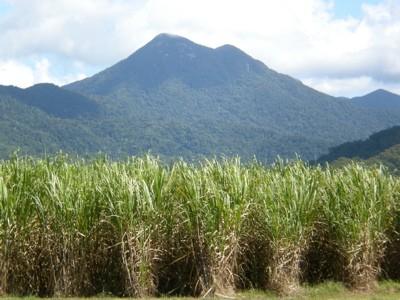Finding Affordable Abandoned Farms for Sale in Australia

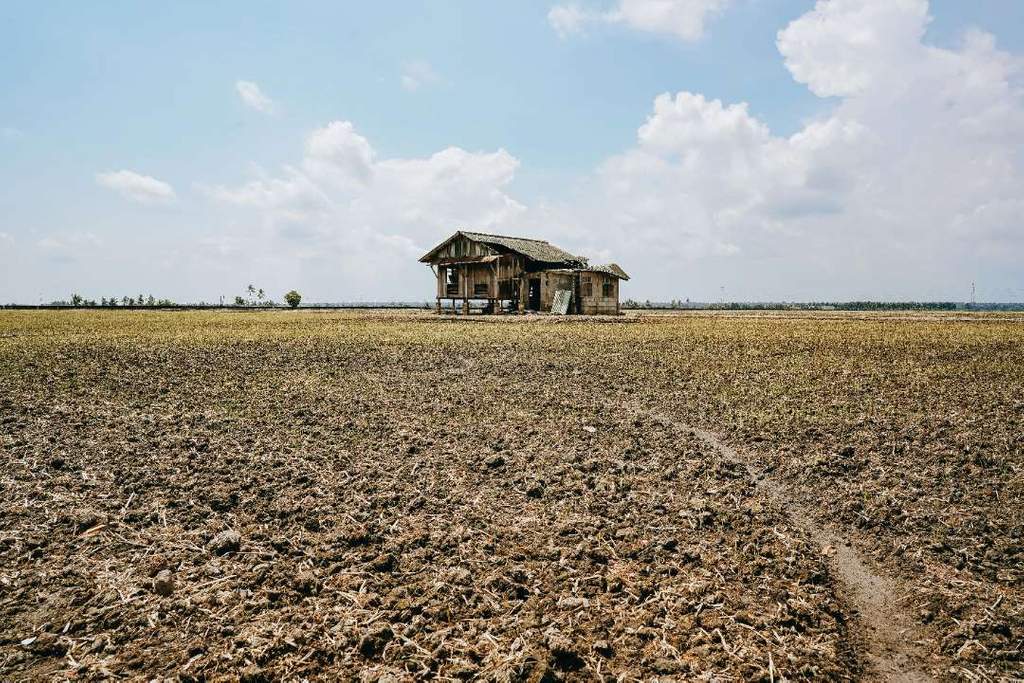
Recent surveys reveal that over 40% of Australian city dwellers harbour aspirations of a rural escape, seeking respite from urban pressures and yearning for a connection to the land. For those prepared to embrace a challenge, abandoned farms for sale represent an increasingly viable pathway to achieving this tree change dream. Unlike turnkey rural properties that command premium prices, these neglected holdings offer significantly lower entry points, though they demand realistic expectations and thorough due diligence. This guide provides a practical roadmap for prospective buyers, examining how to identify opportunities, navigate the complexities of off the gid rural properties, and understand the crucial checks required before committing to what could become a transformative lifestyle shift. Whether you're drawn to self-sufficient country living or simply seeking an affordable foothold in Australia's rural landscape, understanding the nuances of this niche market is essential for making an informed purchase decision.
What to Expect from a Derelict Rural Property
The term "abandoned" encompasses a broad spectrum of conditions, from neglected but structurally sound cottages requiring cosmetic restoration to bare agricultural land scattered with derelict structures fit only for demolition. Prospective buyers must approach these properties with clear-eyed pragmatism, recognising that the romantic notion of a rustic retreat often collides with harsh realities: absent or inadequate utilities, including power, water, and internet connectivity; degraded soil quality from years of neglect; overgrown paddocks reclaimed by native scrub; and infrastructure damage from weather exposure and lack of maintenance. Property experts emphasise that renovation costs frequently exceed the initial purchase price, particularly when addressing fundamental issues such as safe water supply, compliant septic systems, and weather-tight structures. However, these challenges are counterbalanced by genuine advantages. The significantly lower entry price creates opportunities for buyers priced out of conventional rural markets, whilst the blank canvas nature of these holdings permits complete customisation without the constraints of previous owners' decisions. Those considering such purchases should weigh carefully: the pros include affordability, creative freedom, and potential long-term capital growth as improvements are completed; the cons encompass substantial upfront restoration costs, extended timeframes before the property becomes habitable, and the very real possibility of discovering unforeseen complications that escalate budgets beyond initial projections.


Your Step-by-Step Search Guide for Hidden Gems
Locating genuinely affordable abandoned farms requires moving beyond mainstream property portals, where listed rural properties attract competitive bidding that inflates prices beyond bargain territory. The most attractive opportunities typically exist in a shadow market, unlisted properties held by deceased estates, motivated sellers facing financial pressure, or rural holdings that simply haven't been marketed through conventional channels. Rural property specialists recommend employing specific search terminology when scouring online listings: terms such as "deceased estate," "mortgagee sale," "fixer-upper rural," and "vacant land" filter results towards properties where vendors are motivated by circumstances rather than profit maximisation. Beyond general property websites, specialist rural and farm-specific portals warrant dedicated attention, as these platforms cater to buyers seeking working agricultural land rather than lifestyle blocks, and consequently list properties that mainstream agents overlook. Farmbuy, as a dedicated platform for rural property transactions, provides targeted listings that connect buyers directly with sellers in regional markets. Equally valuable are relationships with local stock and station agents who maintain intimate knowledge of their districts and often hear of properties before they're formally listed. Rural shire councils represent another underutilised resource. Planning departments occasionally maintain knowledge of long-vacant properties where rates remain unpaid, whilst building inspectors encounter derelict farmhouses during routine assessments. Attending regional clearing sales and agricultural field days creates networking opportunities with established farming families who may know of neighbouring properties available quietly, avoiding agent commissions and public marketing.
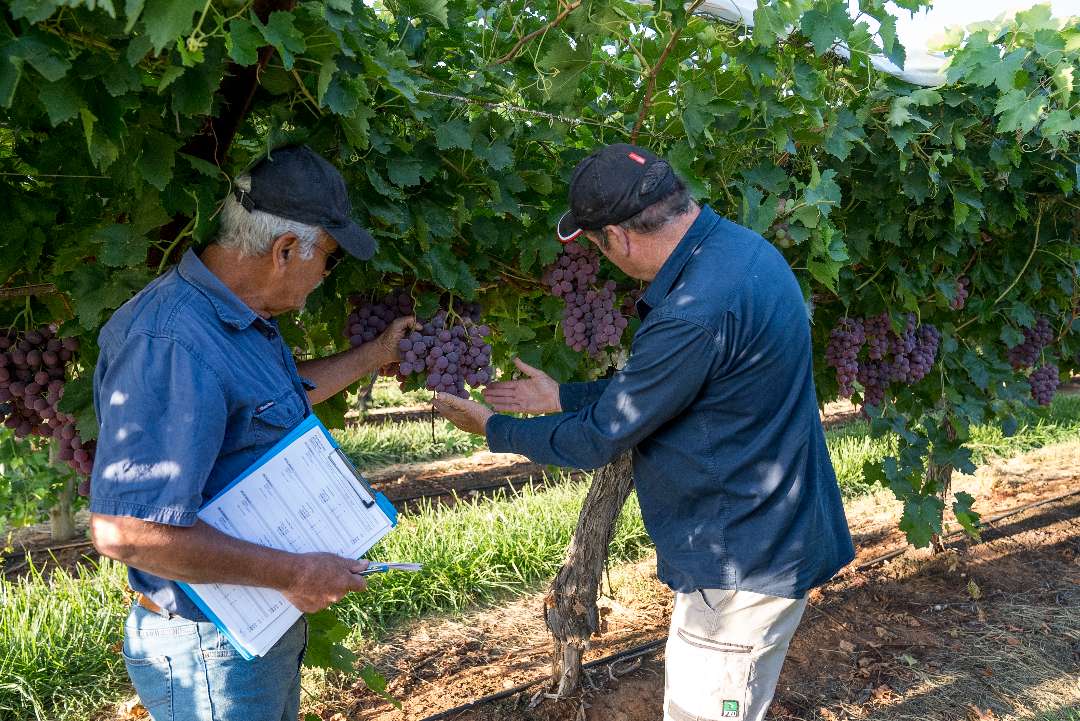

Smart Search Terms to Uncover Bargains
Strategic search terminology dramatically improves discovery of undervalued rural holdings, as conventional property buyers rarely employ the specific language that reveals distressed or overlooked listings. Search for "abandoned homesteads for sale" or "abandoned rural properties for sale" to target explicitly neglected holdings, whilst terms such as "repossessed farms" and "foreclosed farms" identify properties where financial institutions have assumed ownership and prioritise quick sales over maximum returns. The phrase "disused farm for sale" captures properties that have ceased active agricultural operations but retain infrastructure, whilst "empty farmland" surfaces bare land parcels that may include remnant structures. Location-specific variations such as "abandoned farms for sale near me" harness search engines' geolocation capabilities to surface regional opportunities within practical distance. Less obvious but equally productive terms include "rural renovation project," "heritage farm restoration," and "off-grid rural property". Each attracts different vendor motivations whilst filtering towards properties requiring substantial work. When searching on Farmbuy or similar platforms, combining these terms with specific regional identifiers (such as "Riverina deceased estate farm" or "Gippsland fixer-upper acreage") narrows results to targeted geographic areas where your practical and climatic preferences align with available opportunities, maximising the efficiency of your property search whilst minimising time spent reviewing unsuitable listings.
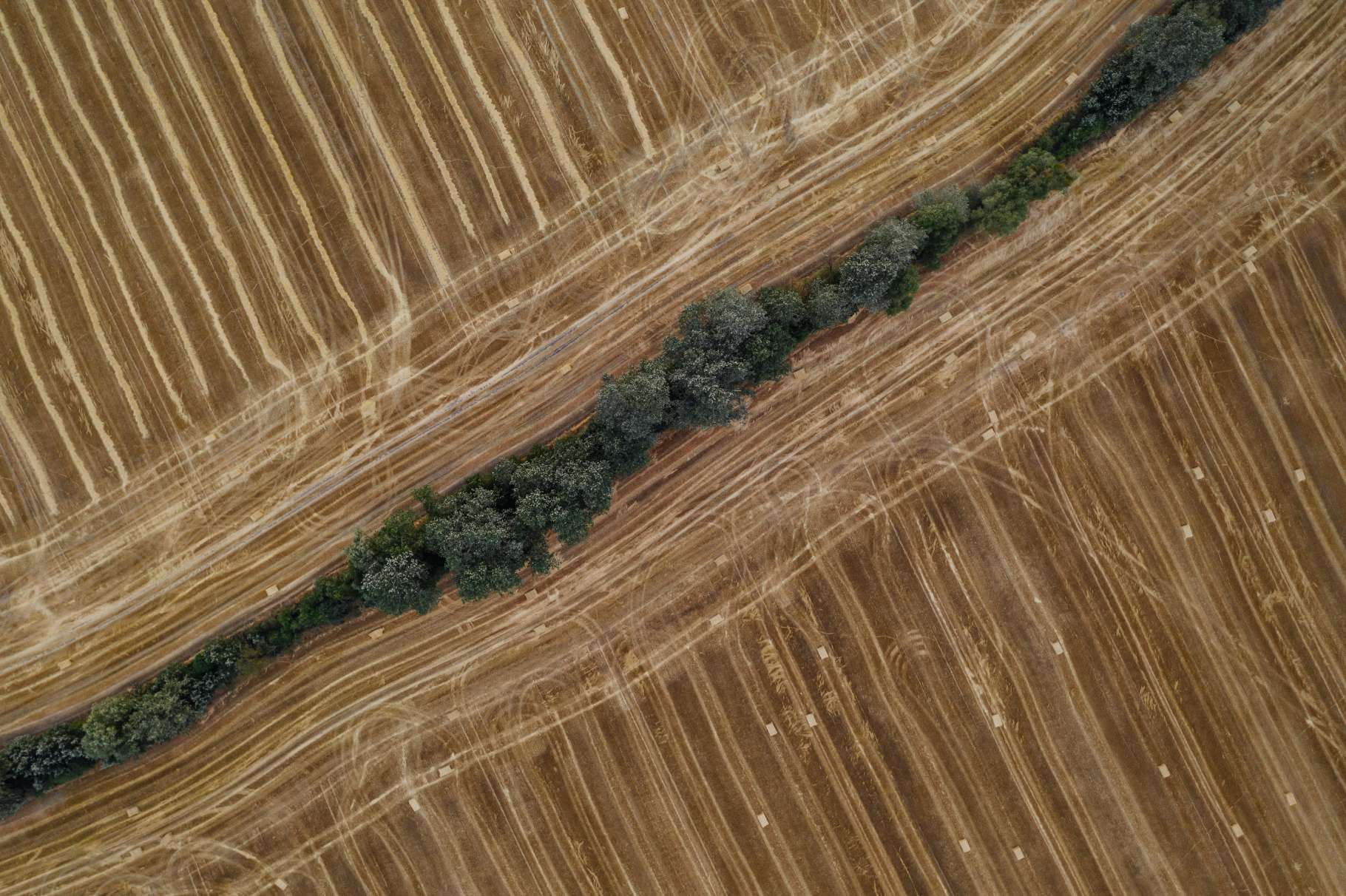
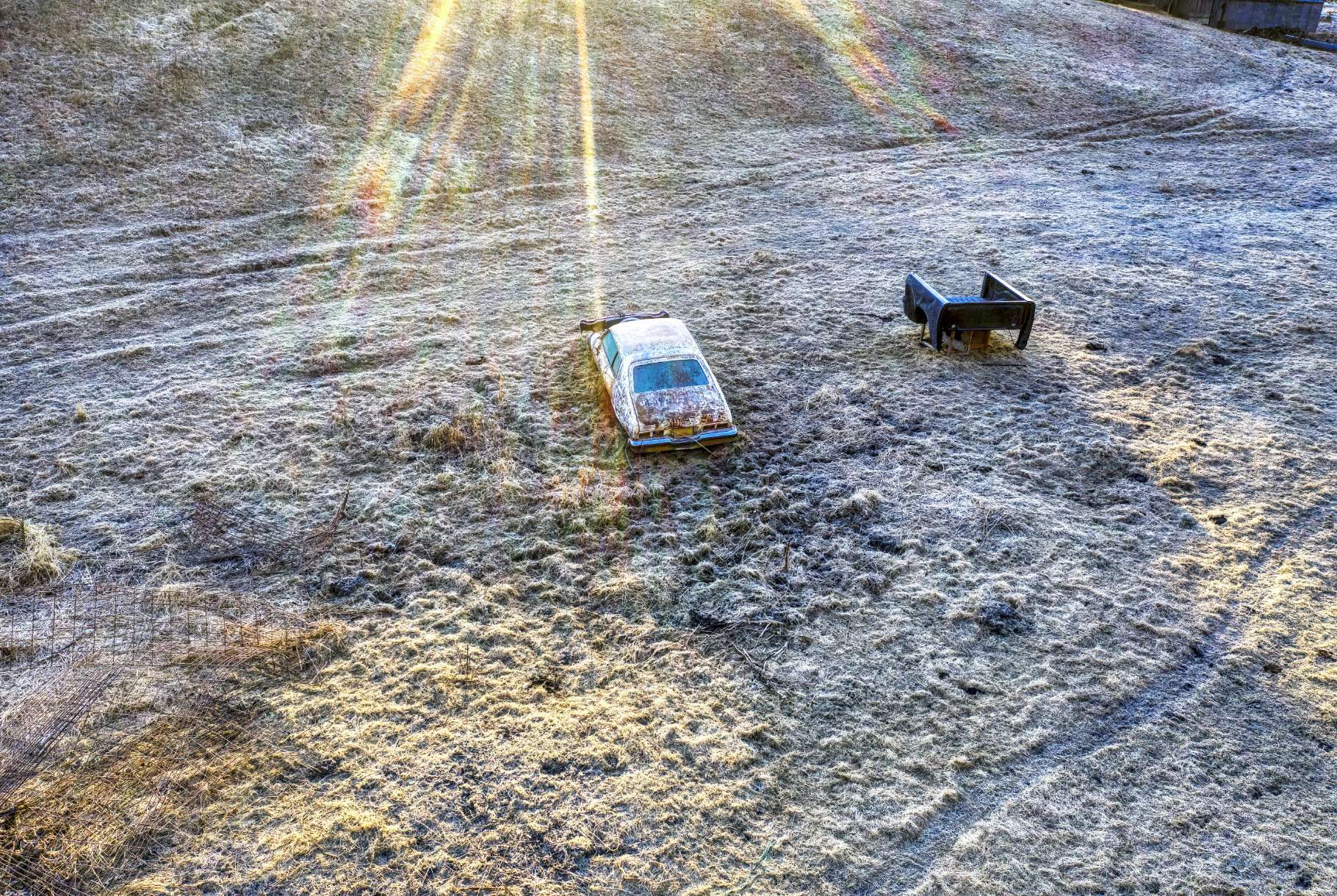
Must-Know Checks Before Making an Offer
Thorough due diligence separates successful rural property purchases from expensive mistakes, with water access warranting particular scrutiny as it often represents the property's most valuable asset beyond the land itself. Understanding water rights, bore capacity, and dam reliability is non-negotiable. Rural properties without secure water are effectively worthless for agricultural purposes and severely compromised even for residential use, whilst establishing new water infrastructure in areas without reticulated supply can cost tens of thousands of dollars. Comprehensive soil testing should precede any offer, as soil quality dictates the land's productive capacity whether for cropping, grazing, or even establishing gardens around a restored homestead; degraded soils suffering from erosion, salinity, or nutrient depletion may require years of remediation before supporting viable agriculture.
Zoning regulations and council planning overlays impose constraints that can derail renovation plans—some rural zones restrict dwelling construction, whilst heritage overlays on old farmhouses mandate specific restoration approaches and prohibit demolition, potentially rendering a derelict structure an expensive liability rather than an asset. Infrastructure and utility connections represent another potential cost trap, with remote properties requiring substantial investment to connect grid power (or establish off-grid solar systems), install compliant septic treatment, and access reliable internet through satellite services. Farmbuy recommends engaging specialist rural conveyancers who understand agricultural property peculiarities, including easements granting neighbouring properties access rights across your land, unclear boundary definitions common in older rural holdings, and native title considerations in certain regions. Legal access verification through inspection of title documents ensures the property connects to public roads via registered easements or road frontage, as landlocked parcels without legal access are virtually unsaleable and may be subject to costly disputes with neighbours whose cooperation you'll require for entry.
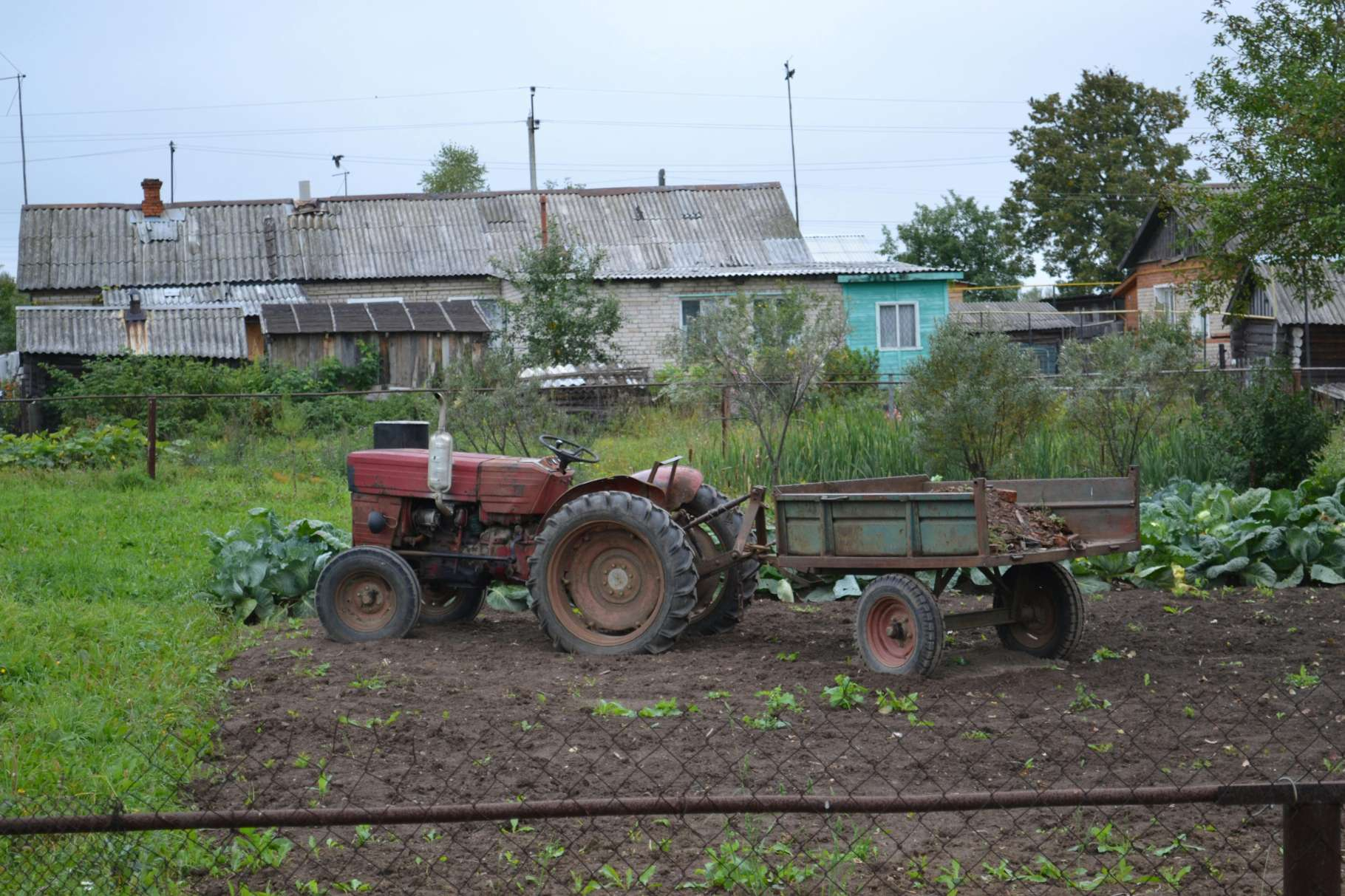

Top Regions to Find Cheap Abandoned Farms
Australia's diverse geography creates significant regional variations in rural property values, with certain areas offering particularly attractive opportunities for buyers seeking affordable entry into farm ownership. This analysis of key regions provides a starting point for focused property searches, though local market conditions fluctuate and warrant current research through platforms such as Farmbuy.
- New South Wales | Riverina and Central Tablelands: The Riverina's irrigation-dependent agricultural economy creates volatility in property values, with farms lacking reliable water allocations becoming available at substantial discounts during drought cycles. The Central Tablelands offers a temperate climate ideal for grazing enterprises and lifestyle properties, with proximity to Sydney and Canberra supporting long-term capital growth potential despite current affordability.
- Victoria | Gippsland: Gippsland's reliable rainfall and established dairy farming heritage mean abandoned properties here often retain serviceable infrastructure despite neglect. The region's cooler climate suits those seeking escape from northern heat, whilst improving road connections to Melbourne enhance accessibility without inflating prices to metropolitan fringe levels.
- Queensland | Scenic Rim and Toowoomba Region: The Scenic Rim combines affordable rural land with stunning natural beauty and increasing popularity for boutique agricultural enterprises including farm stays and organic production. The Toowoomba region's elevation provides relief from coastal humidity whilst maintaining productive soils, with properties here often available below comparable southern markets.
- South Australia | Lower South East Region: Volcanic soils around Lower South East support diverse agricultural pursuits, with the region's relative remoteness from major cities keeping property values suppressed despite productive capacity. Limestone aquifers provide reliable groundwater, addressing one of rural property buyers' primary concerns.
- Western Australia | The Southwest: Areas surrounding Donnybrook and the broader southwest region offer Mediterranean climates supporting horticulture and viticulture, with abandoned orchards and small farms periodically available as aging farmers retire without succession plans. Water availability varies significantly, making individual property assessment crucial.
- Tasmania | South East Tasmania: South East Tasmania combines scenic appeal with genuine agricultural productivity, particularly for boutique crops and organic farming. Abandoned properties here often feature historic structures with heritage character, appealing to buyers seeking restoration projects that honour rural architectural traditions.
The Restoration Journey: From Ruin to Reward
Transforming a neglected rural property into a functioning homestead or productive farm represents a profound undertaking that rewards those with realistic expectations, adequate capital reserves, and genuine commitment to the lifestyle. Popular end goals vary widely some buyers pursue complete self-sufficiency through permaculture systems and off-grid infrastructure, establishing closed-loop homesteads that minimise external dependencies; others develop hobby farms balancing modest agricultural production with off-farm income; whilst an increasing cohort recognises the tourism potential of restored heritage farmhouses, creating boutique farm stays that generate revenue whilst preserving rural architectural character.
The restoration process itself demands careful navigation of regulatory requirements, with many rural shires maintaining heritage registers that protect older farm buildings from demolition or unsympathetic modification, requiring restoration approaches that respect original construction methods and materials whilst incorporating modern safety standards and amenities. Building codes in rural areas differ from urban equivalents, particularly regarding bushfire protection in designated zones, septic system specifications for properties without sewerage connections, and structural requirements for buildings in cyclone or flood-prone regions.
Engaging experienced rural builders familiar with local conditions prevents costly mistakes, whilst staged restoration approaches allow buyers to occupy basic accommodation whilst progressively upgrading facilities as budgets permit. The growing movement towards sustainable rural living through regenerative agriculture, native revegetation, and renewable energy systems aligns naturally with abandoned farm restoration, as these properties' fresh start permits implementing best practices from inception rather than retrofitting established operations an advantage increasingly recognised by environmentally conscious buyers seeking to demonstrate that agricultural land can be both productive and ecologically responsible.
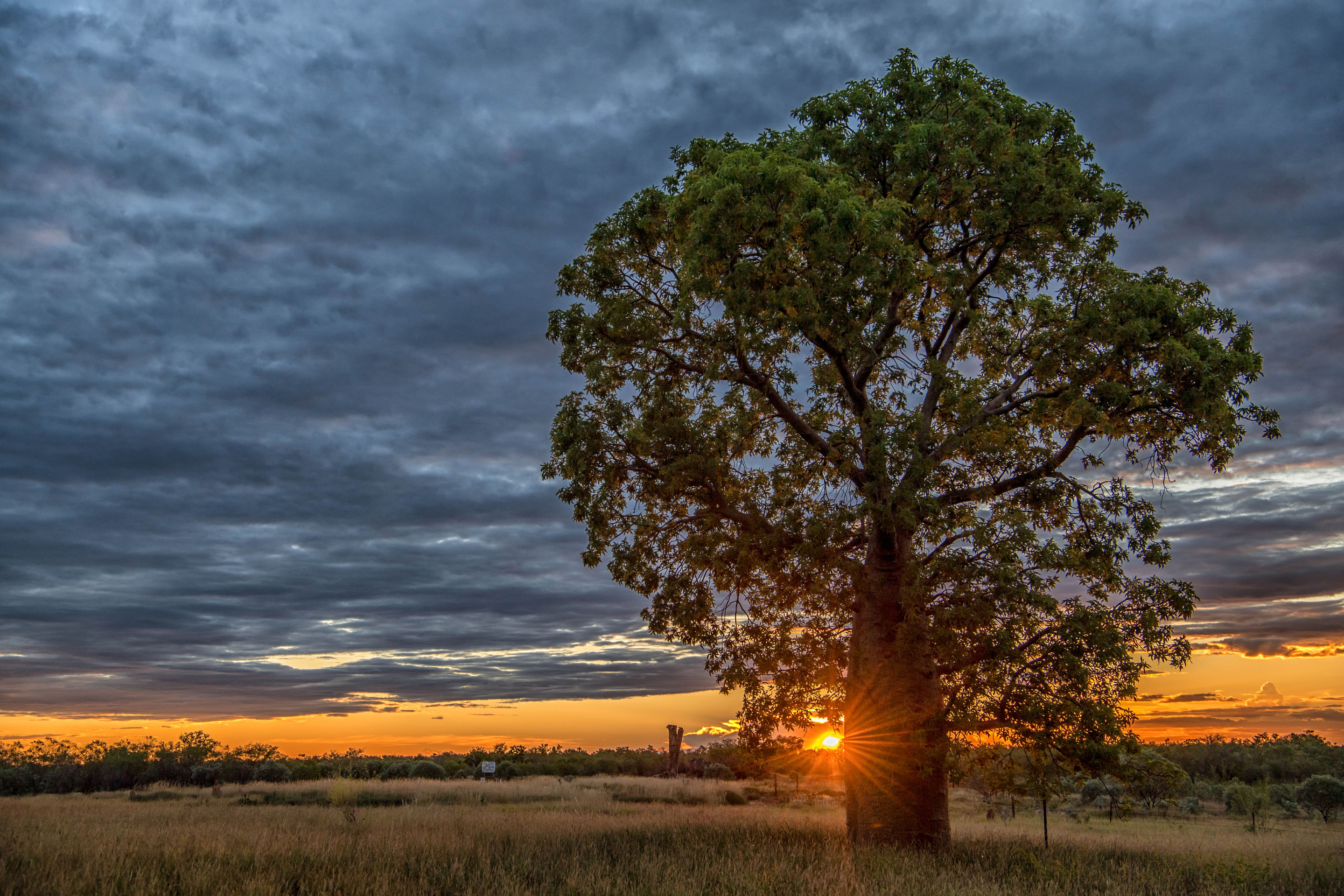
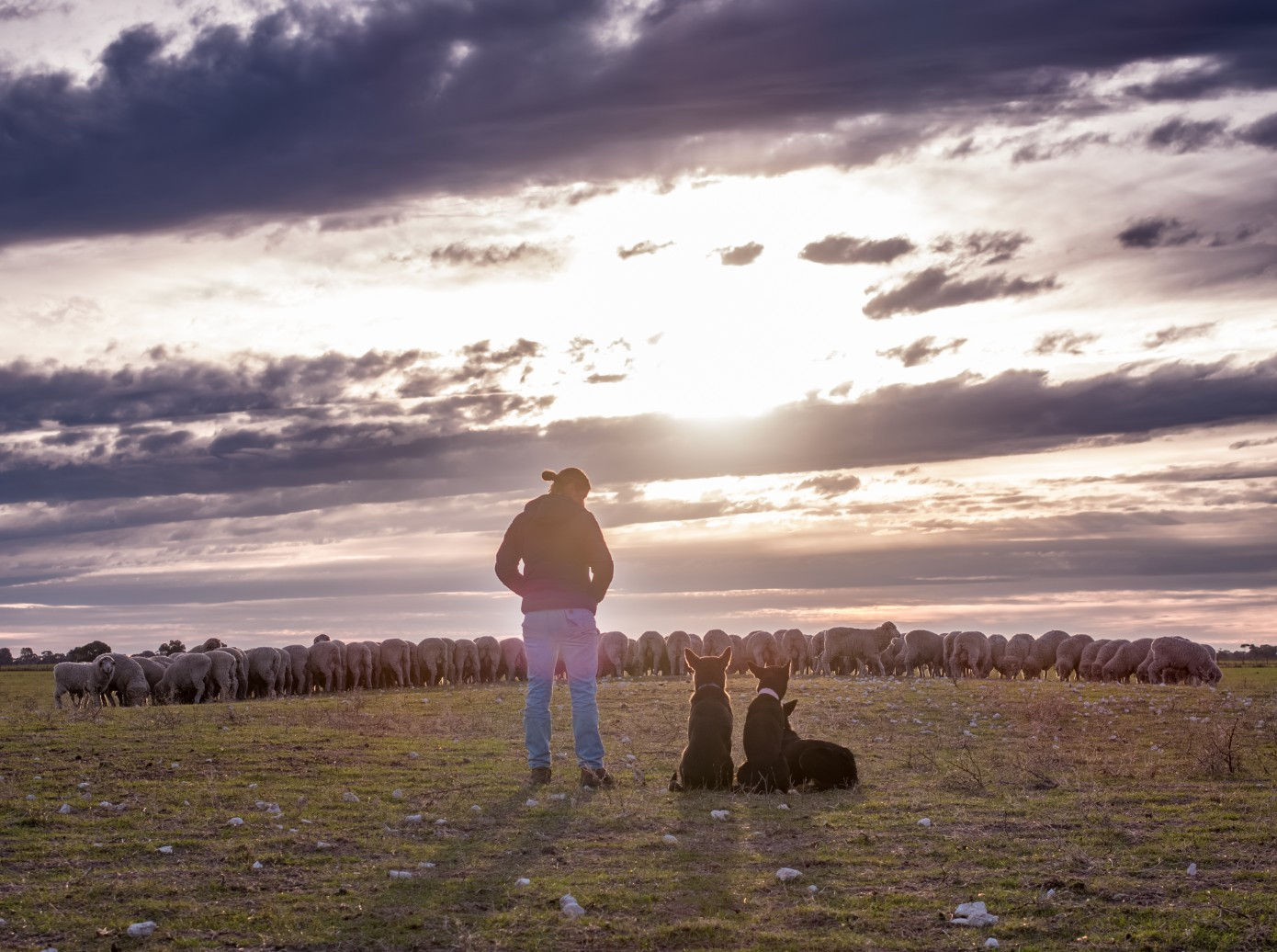
Final Thoughts on Your Rural Dream
Securing an affordable abandoned farm for sale represents a distinctive pathway to rural property ownership that rewards patience, thorough research, and unwavering realism about renovation budgets and timeframes. Unlike conventional property purchases where aesthetic appeal and turnkey convenience command premium prices, these neglected holdings demand buyers see beyond present decay to recognise underlying potential, whether in productive soils, historic structures worthy of preservation, or simply the intrinsic satisfaction of transforming abandoned land into thriving agricultural or residential use.
The research and due diligence processes outlined here, from employing strategic search terminology and exploring shadow markets to conducting comprehensive property assessments that cover water rights, soil quality, and regulatory constraints, provide essential foundations for making informed decisions that balance romantic rural aspirations with practical financial realities.
For those prepared to embrace the challenge, the reward extends beyond property acquisition itself to encompass profound lifestyle transformation and the rare opportunity to bring neglected land back to productive life. Regional Australia contains countless abandoned and underutilised rural properties awaiting buyers with vision and determination; armed with the insights provided here, you're equipped to begin your search with confidence, identifying opportunities others overlook whilst avoiding the pitfalls that derail unprepared purchasers.
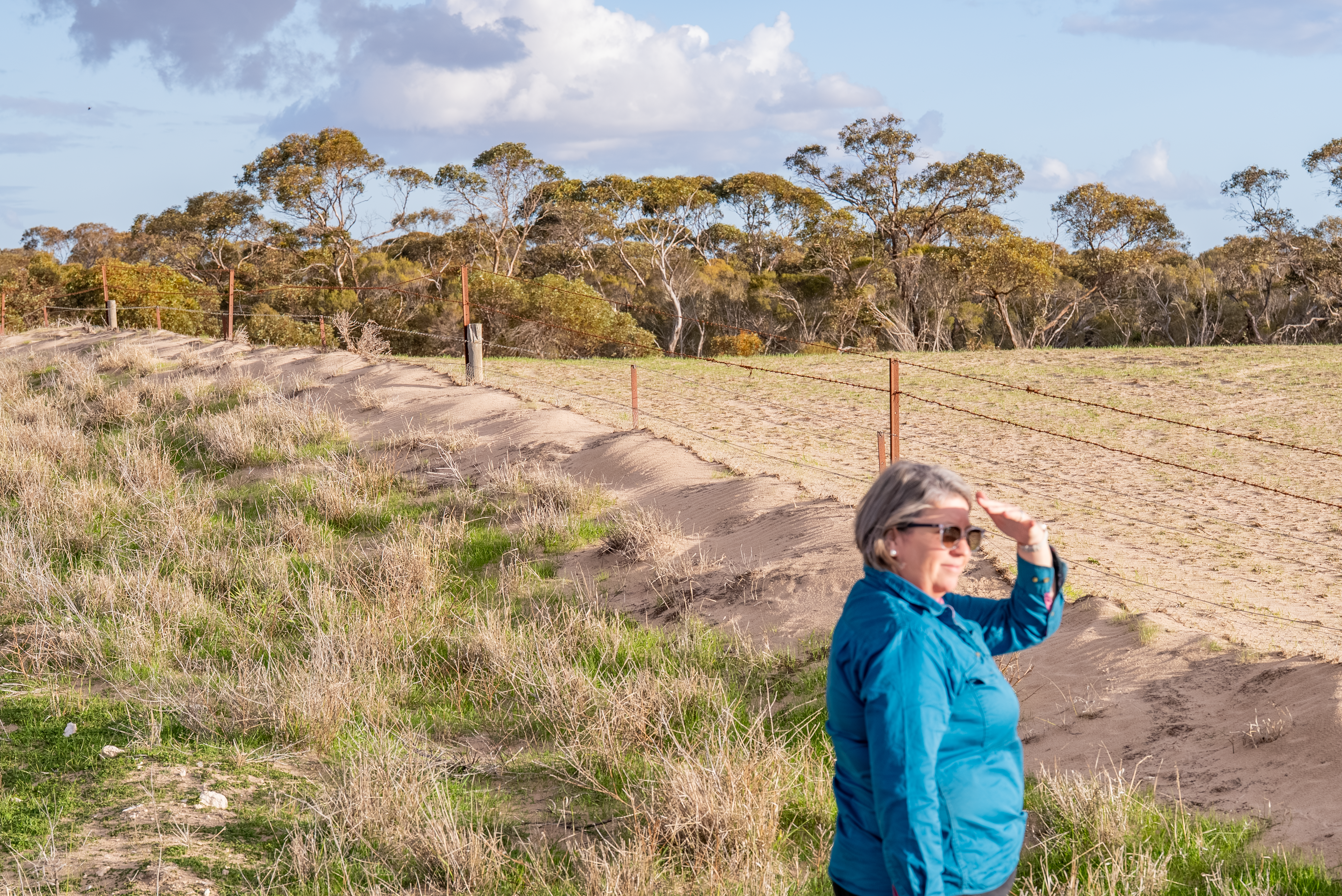

How do I find out who owns an abandoned property?
Property ownership is public record in Australia, accessible through state-based title registries. Contact the relevant land titles office with the property's address or lot/plan details to obtain current ownership information. Local council rates departments can also assist, though privacy legislation may restrict information release without demonstrated legitimate interest.
Are there government grants available for restoring a derelict farm?
Grants vary by state and change regularly, but programs occasionally exist for heritage building restoration, sustainable agriculture infrastructure, and rural economic development. Check your state's primary industries department and regional development agencies. Most grants require the property to meet specific criteria and demonstrate public benefit beyond private restoration.
What are the biggest hidden costs when buying a rundown rural property?
Water infrastructure frequently exceeds expectations, particularly bore drilling or dam construction. Utility connections including power, septic systems, and telecommunications can cost $50,000-$100,000 in remote locations. Pest infestations, asbestos removal in older buildings, and unforeseen structural issues in derelict buildings represent other common cost surprises.
Is it possible to get a mortgage for a property that is in a dilapidated state?
Traditional lenders typically refuse mortgages on uninhabitable properties, as they cannot be valued reliably or used as security. Buyers usually require cash purchases or construction loans that release funds progressively as restoration milestones are achieved. Some specialist rural lenders offer bridging finance, though at higher interest rates.
What is the legal definition of an abandoned property?
Australian law doesn't define "abandoned" as a property status; legal ownership continues until formally transferred or acquired through adverse possession (requiring 12-15 years of continuous, exclusive occupation without owner objection—extremely rare). "Abandoned" is a marketing term describing neglected or vacant properties with identifiable owners.
What are water rights and why are they so crucial for a farm?
Water rights determine your legal entitlement to extract water from rivers, bores, or dams for agricultural use. In many regions, these rights are separated from land title and must be specifically transferred or purchased. Farms without adequate water rights cannot operate viably, making water entitlements often more valuable than the land itself.
Can I buy an abandoned farm if I am not a citizen?
Foreign ownership of agricultural land in Australia is restricted and requires Foreign Investment Review Board (FIRB) approval for purchases exceeding value thresholds that vary by country of origin. The application process takes months and approval isn't guaranteed. New Zealand citizens receive preferential treatment under trans-Tasman agreements.
What's the difference between a "deceased estate" and a "mortgagee sale"?
Deceased estates are sold by executors administering a deceased person's property, often motivated by the need to distribute assets to beneficiaries rather than maximising price. Mortgagee sales occur when lenders repossess properties after mortgage defaults, typically selling quickly to recover debt. Both situations can create below-market opportunities.
How do I check for zoning restrictions and planning overlays on a rural property?
Request a planning certificate (Section 149 certificate in NSW, equivalent documents in other states) from the local council, which details zoning, overlays, and restrictions. Most councils now provide online planning tools showing zoning maps. Engage a town planner for complex situations involving heritage overlays or environmental protection zones.
What are the first steps in making a neglected farm productive again?
Begin with comprehensive soil testing and water source assessment to determine productive capacity. Clear major weeds and conduct pasture improvement if pursuing grazing. Repair or establish basic fencing to control stock or exclude pests. Many successful renovators focus first on establishing secure water and basic shelter before ambitious agricultural production.
Are properties in bushfire-prone areas more difficult to insure?
Yes, significantly. Properties in designated bushfire attack level (BAL) zones face higher premiums and more stringent construction requirements. Some insurers refuse coverage entirely in extreme-risk areas. Properties must meet Australian Standard AS3959 bushfire construction requirements, with higher BAL ratings requiring more expensive bushfire-resistant materials and design modifications.

